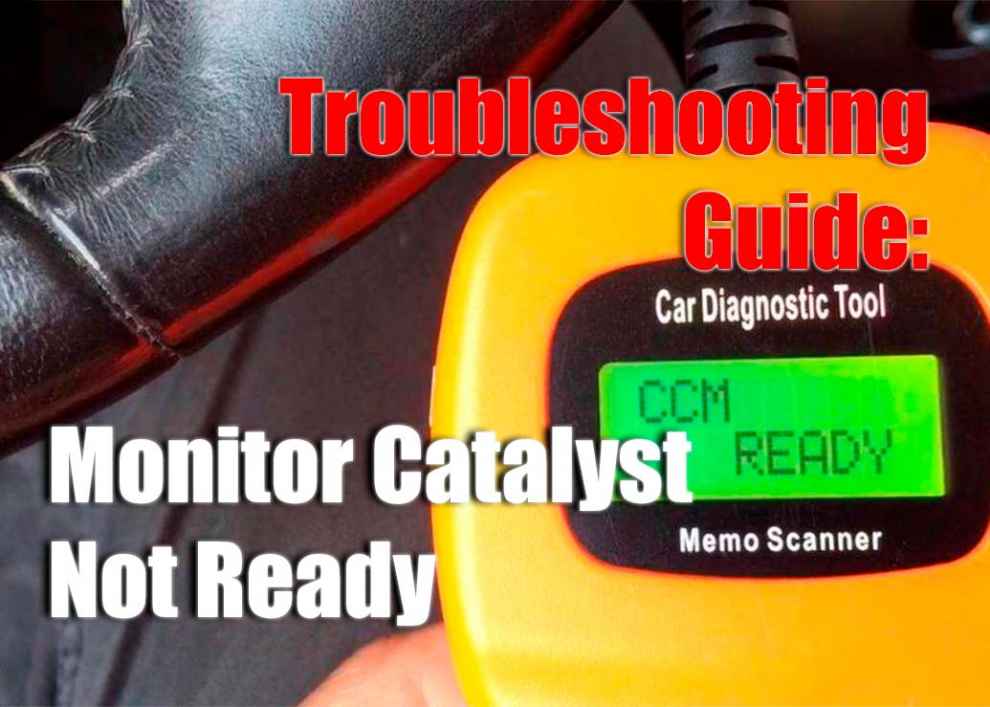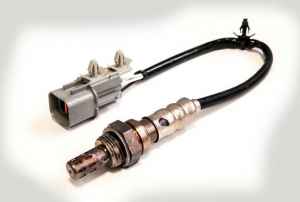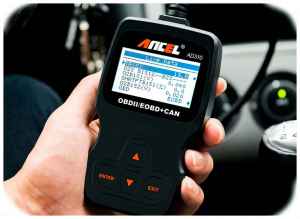The “monitor catalyst not ready” error is a warning message that appears in the onboard diagnostic system of vehicles. It indicates that the catalytic converter is not functioning correctly, which can have an adverse effect on fuel economy and emissions. This error can be caused by various issues related to the vehicle’s exhaust system, oxygen sensors, and engine control module (ECM). Understanding this issue’s causes and symptoms is key to quickly identifying and rectifying it.
Causes of “Monitor Catalyst Not Ready” Error
The “monitor catalyst not ready” error can be caused by a variety of issues, including:
-
Faulty Oxygen Sensor: The oxygen sensor monitors the oxygen content in the exhaust and sends signals to the ECM, which is responsible for adjusting the air-fuel ratio. If this sensor is malfunctioning, it can cause the catalytic converter to become less effective.
-
Malfunctioning Catalytic Converter: A malfunctioning catalytic converter will not be able to efficiently convert pollutants from exhaust gases into harmless compounds. This can lead to higher emissions and poorer performance.
-
Issues with the Exhaust System: Faults in other parts of the vehicle’s exhaust system, such as mufflers or pipes, can also cause this error message.
-
Faulty Engine Control Module (ECM): If an ECM malfunctions, it may not be able to send proper signals to other components in order for them to work correctly. This could lead to an increased risk of emission-related problems.
-
Battery Disconnection or Replacement: Disconnecting or replacing a vehicle’s battery resets the ECM and other systems within it, which could cause the “monitor catalyst not ready” error.
-
Poor Fuel Quality or Filling: Low-quality fuel or incorrect gas filling can trigger this error message.
Symptoms of “Monitor Catalyst Not Ready” Error
The “monitor catalyst not ready” error can manifest itself in a variety of ways, including:
-
Check Engine Light: The check engine light may be illuminated as a warning that the catalytic converter is not working correctly.
-
Failed Emissions Test: If the vehicle fails an emissions test, it could be due to the catalytic converter not being able to do its job properly.
-
Reduced Fuel Economy: Poor fuel economy can also be caused by the faulty catalytic converter.
-
Rough Idling or Stalling: When the catalytic converter is not working properly, it can lead to rough idling and stalling issues with your vehicle.
How to Fix “Monitor Catalyst Not Ready” Error
Once you have identified that you have a “monitor catalyst not ready” error and its potential causes, there are several steps you can take to fix it:
-
Drive Cycle: A drive cycle is a series of driving maneuvers used by vehicle manufacturers to reset the ECM and other systems after disconnecting the battery. This can help to reduce the chances of a “monitor catalyst not ready” error.
-
Use of OBD2 Scanner: An OBD2 scanner can be used to scan for any trouble codes related to a catalytic converter issue and help diagnose its cause.
-
Inspection and Repair of Components: If any issues are uncovered, they need to be inspected and repaired as soon as possible in order to prevent further problems.
-
Professional Diagnostic Assistance: If you cannot identify or repair the problem yourself, it is best to seek professional diagnostic assistance from an experienced mechanic.
Prevention of “Monitor Catalyst Not Ready” Error
The best way to prevent a “monitor catalyst not ready” error is through regular vehicle maintenance, quality fuel usage, and proper driving habits. Regular oil changes and other preventative maintenance procedures can help extend the life of your catalytic converter, oxygen sensors, and other components related to this issue. Furthermore, using good-quality fuels lowers your risk of damage or contamination that could lead to this error message. Finally, avoiding aggressive driving styles is important for preserving the life of your vehicle’s exhaust system.
Conclusion
The “monitor catalyst not ready” error can be caused by various issues related to the vehicle’s exhaust system, oxygen sensors, and engine control module. Understanding this issue’s causes and symptoms is key to quickly identifying and rectifying it. Regular vehicle maintenance, quality fuel usage, and proper driving habits are all important for preventing this error from occurring in the first place. With the right knowledge and care, you can ensure your vehicle’s catalytic converter operates correctly for years to come.

 Faulty Oxygen Sensor: The oxygen sensor monitors the oxygen content in the exhaust and sends signals to the ECM, which is responsible for adjusting the air-fuel ratio. If this sensor is malfunctioning, it can cause the catalytic converter to become less effective.
Faulty Oxygen Sensor: The oxygen sensor monitors the oxygen content in the exhaust and sends signals to the ECM, which is responsible for adjusting the air-fuel ratio. If this sensor is malfunctioning, it can cause the catalytic converter to become less effective. Use of OBD2 Scanner: An OBD2 scanner can be used to scan for any trouble codes related to a catalytic converter issue and help diagnose its cause.
Use of OBD2 Scanner: An OBD2 scanner can be used to scan for any trouble codes related to a catalytic converter issue and help diagnose its cause.
Add Comment